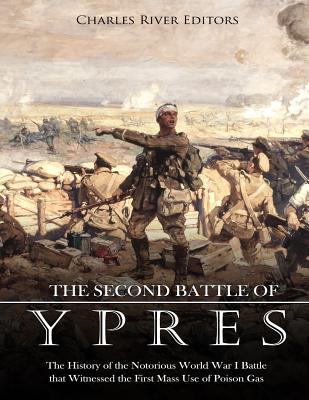
Book
The Second Battle of Ypres: The History of the Notorious World War I Battle that Witnessed the First Mass Use of Poison Gas
(Write a Review)
Paperback
$11.22
The Second Battle of Ypres: The History of the Notorious World War I Battle that Witnessed the First Mass Use of Poison Gas analyzes one of the Great War's most important conflicts, and how it was emblematic of the stalemate that came from new technology and trench warfare. Along with pictures of important people, places, and events, you will learn about the Second Battle of Ypres like never before.
The Second Battle of Ypres: The History of the Notorious World War I Battle that Witnessed the First Mass Use of Poison Gas analyzes one of the Great War's most important conflicts, and how it was emblematic of the stalemate that came from new technology and trench warfare. Along with pictures of important people, places, and events, you will learn about the Second Battle of Ypres like never before.
Paperback
$11.22